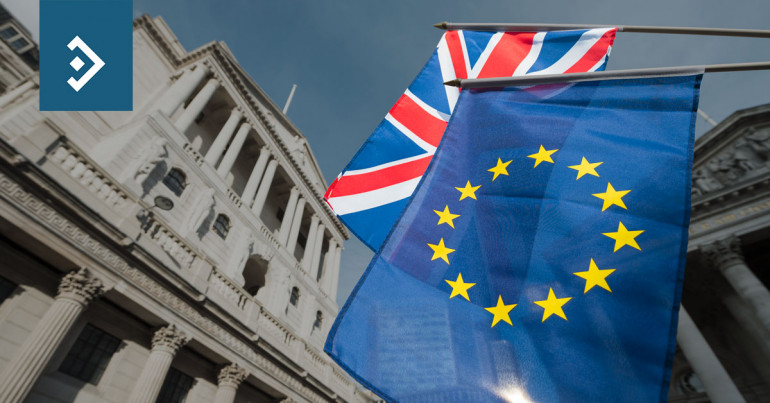
Chancellor reignites Brexit Rift
Morning mid-market rates – The majors
21st January: Highlights
- Javid’s comments drive sterling lower
- Dollar higher as balance of probabilities favours stronger economy
- IMF sees marginal growth this year and next
Sterling under pressure as economic reality of Brexit hits home
This reignites the concerns that businesses had when a hard Brexit was being considered that the rules and regulations governing trade may overcomplicate documentation and slow the flow of goods following the end of the transition period in December this year.
Traders picked up on a divergence between the UK and its largest trading partner and reacted negatively.
The week sees the release of Purchasing Managers Indexes. With the market now fairly sure that there will be a rate cut next week, the reaction to poor data will be muted. Therefore, the risk of stronger than expected data will cause the greater volatility.
The money markets have now settled on a 65% chance of a cut in the base rate from its present 0.75%.
Recent data on the housing market, including yesterday’s Rightmove House Price Index, has been appreciably stronger than expected. This data is historically fairly well correlated with the PMI data so it may be that the pound could be set for a rally later in the week.
It remains to be seen if December’s PMI’s show a “Boris bounce” following the election. It is hard to see the bounce being strong enough to persuade the MPC that the economy could rally from here.
Today’s employment report may provide some further clues to the Central Bank’s view with the claimant count likely to rise by 24.5k following Decembers rise of 28.8k
Yesterday, Sterling fell to a low of 1.2962 but rallied to close virtually unchanged at 1.3007.
Considering your next transfer? Log in to compare live quotes today.
Market still in a state of flux over dollar direction
The dollar’s rally was partly due to weakness in the Chinese currency following concerns about the outbreak of a “SARSlike” virus which is beginning to attract calls for limiting movement to and from the affected area which doubtless affect trade.
Commentators’ differences of opinion over the real strength of the U.S. economy, irrespective of its relative strength over the Eurozone, UK and Chinese economies seem to be being won by the “bulls” as data continues to point towards a period of stability if not strong growth.
China released its lowest growth data for 30 years on Friday despite factory output and business confidence improving.
It appears that analysts are now beginning to link the U.S. and Chinese economies for clues on relative strength as the more traditional markets continue to struggle to keep up.
President Trump’s impeachment trial starts today with journalists struggling to discern the President’s true mood when the bluff and bluster are stripped away. While the row over partisan voting continues, traders remain reasonably confident that Trump will be found not guilty.
Yesterday, the dollar index rose to a year’s high of 97.73 although it ended up closing a shade lower on the day at 97.60 in thin Holiday trading.
IMF concerned over EU/US conflict
While this may deflect from any significant improvement in the economy since the last meeting, the fact remains that while the economy continues to “bump along the bottom” of growth, more action continues to be necessary to lift activity.
The much-hyped review may take some pressure off the ECB’s lack of policy alternatives, but it does appear that Ms Lagarde is managing to patch up some differences that were beginning to appear in the last months of Mario Draghi’s tenure. Lagarde’s renowned skills in diplomacy may allow her to “sweet talk” colleagues and the press but the issues as shown by continuing insipid data remain.
The IMF has projected a mild upturn in global growth in 2020. In its latest World Economic Outlook. Growth is expected to accelerate in 2021 which should provide a backdrop for a slow improvement for the Eurozone.
Risks to global growth appear to have “tapered” over the past few months. This is a clear reference to the agreement of Phase One of the U.S./Sino trade talks.
The IMF predicts overall growth for the region to be at 1.3% in 2020 and 1.4% in 2021. These are historically low levels but at least the spectre of recession appears to be fading.
The IMF characterized growth as showing “tentative signs of stabilization at a sluggish pace”.
Yesterday, the single currency ended marginally higher on the day at 1.1098, having fallen to a low of 1.1077 earlier.

About Alan Hill
Alan has been involved in the FX market for more than 25 years and brings a wealth of experience to his content. His knowledge has been gained while trading through some of the most volatile periods of recent history. His commentary relies on an understanding of past events and how they will affect future market performance.”



